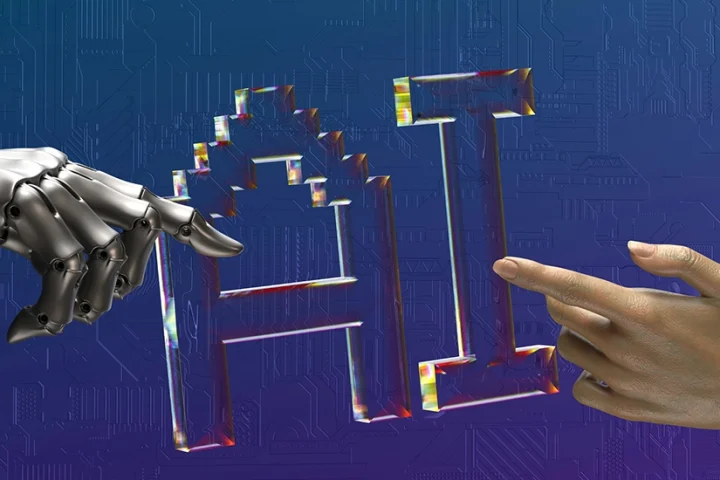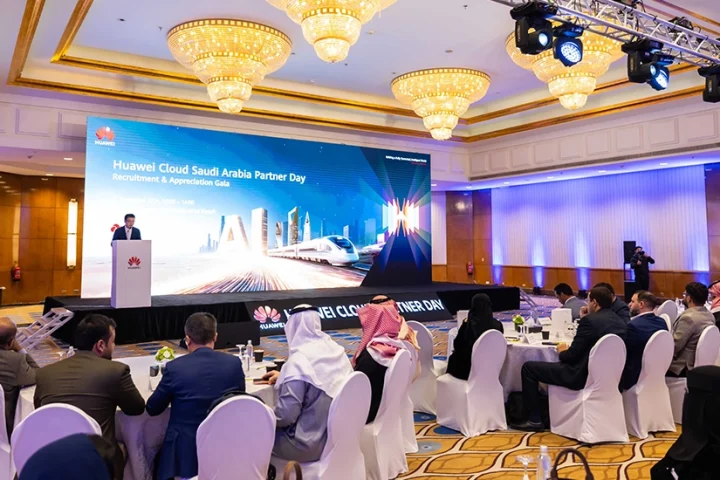Gartner announced its list of 10 top strategic technology trends that organizations need to explore in 2024.
“Technology disruptions and socioeconomic uncertainties require willingness to act boldly and strategically enhance resilience over ad hoc responses,” said Bart Willemsen, VP Analyst at Gartner. “IT leaders are in a unique position to strategically lay down a roadmap where technology investments help their business’s sustenance of success amidst these uncertainties and pressures.”
The top strategic technology trends for 2024 are:
Democratized Generative AI
Generative AI (GenAI) is becoming democratized by the confluence of massively pretrained models, cloud computing and open source, making these models accessible to workers worldwide. By 2026, Gartner predicts that over 80% of enterprises will have used GenAI APIs and models and/or deployed GenAI-enabled applications in production environments, up from less than 5% early 2023.
AI Trust, Risk and Security Management
The democratization of access to AI has made the need for AI Trust, Risk and Security Management (TRiSM) even more urgent and clear. Without guardrails, AI models can rapidly generate compounding negative effects that spin out of control, overshadowing any positive performance and societal gains that AI enables.
Gartner predicts that by 2026, enterprises that apply AI TRiSM controls will increase the accuracy of their decision making by eliminating up to 80% of faulty and illegitimate information.
AI-Augmented Development
AI-augmented development is the use of AI technologies, such as GenAI and machine learning, to aid software engineers in designing, coding and testing applications. AI-assisted software engineering improves developer productivity and enables development teams to address the increasing demand for software to run the business.
Intelligent Applications
Intelligent applications include intelligence — which Gartner defines as learned adaptation to respond appropriately and autonomously — as a capability. This intelligence can be utilized in many use cases to better augment or automate work. As a foundational capability, intelligence in applications comprises various AI-based services, such as machine learning, vector stores and connected data.
Augmented-Connected Workforce
The augmented-connected workforce (ACWF) is a strategy for optimizing the value derived from human workers. The need to accelerate and scale talent is driving the ACWF trend. The ACWF uses intelligent applications and workforce analytics to provide everyday context and guidance to support the workforce’s experience, well-being, and ability to develop its own skills. At the same time, the ACWF drives business results and positive impact for key stakeholders.
Through 2027, 25% of CIOs will use augmented-connected workforce initiatives to reduce time to competency by 50% for key roles.
Continuous Threat Exposure Management
Continuous threat exposure management (CTEM) is a pragmatic and systemic approach that allows organizations to evaluate the accessibility, exposure and exploitability of an enterprise’s digital and physical assets continually and consistently.
By 2026, Gartner predicts that organizations prioritizing their security investments based on a CTEM program will realize a two-thirds reduction in breaches
Machine Customers
Machine customers (also called ‘custobots’) are nonhuman economic actors that can autonomously negotiate and purchase goods and services in exchange for payment. By 2028, 15 billion connected products will exist with the potential to behave as customers, with billions more to follow in the coming years.
Sustainable Technology
Sustainable technology is a framework of digital solutions used to enable environmental, social and governance (ESG) outcomes that support long-term ecological balance and human rights. The use of technologies such as AI, cryptocurrency, the Internet of Things and cloud computing is driving concern about the related energy consumption and environmental impacts. This makes it more critical to ensure that the use of IT becomes more efficient, circular and sustainable. In fact, Gartner predicts that by 2027, 25% of CIOs will see their personal compensation linked to their sustainable technology impact.
Platform Engineering
Platform engineering is the discipline of building and operating self-service internal development platforms. Each platform is a layer, created and maintained by a dedicated product team, designed to support the needs of its users by interfacing with tools and processes. The goal of platform engineering is to optimize productivity, the user experience and accelerate delivery of business value.
Industry Cloud Platforms
By 2027, Gartner predicts more than 70% of enterprises will use industry cloud platforms (ICPs) to accelerate their business initiatives, up from less than 15% in 2023. ICPs address industry-relevant business outcomes by combining underlying SaaS, PaaS and IaaS services into a whole product offering with composable capabilities.
























